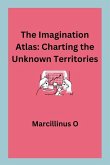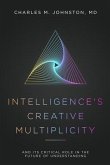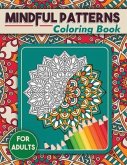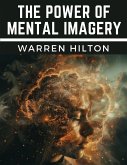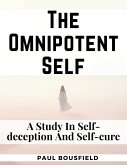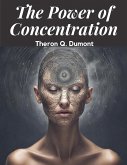"Essay on the Creative Imagination" by Théodule Ribot is a thought-provoking work that delves into the nature of imagination, creativity, and their underlying mechanisms. Published in 1906, this book explores various aspects of imagination, drawing from psychology, philosophy, and aesthetics. Here are some key points from the book: Motor Nature of the Constructive Imagination: Ribot discusses how imagination involves not only mental processes but also motor elements. It's not just about abstract ideas; it has a physical component. Principle of Unity: The book explores the unifying principle behind imagination. How do disparate ideas come together to form creative constructs? Organic Conditions of Imagination: Ribot emphasizes the importance of organic factors in shaping imagination. These include physiological processes, brain functions, and emotional states. Scientific Imagination: Ribot examines how imagination plays a role in scientific discovery and problem-solving. Imagination in Children: The book explores how imagination develops in children and its significance during their formative years. Higher Forms of Invention: Ribot discusses advanced forms of creative invention and inspiration. Cosmic and Human Imagination: He distinguishes between cosmic (universal) and human imagination. Overall, "Essay on the Creative Imagination" provides valuable insights into the workings of our imaginative faculties and their impact on creativity, art, and scientific endeavors.

